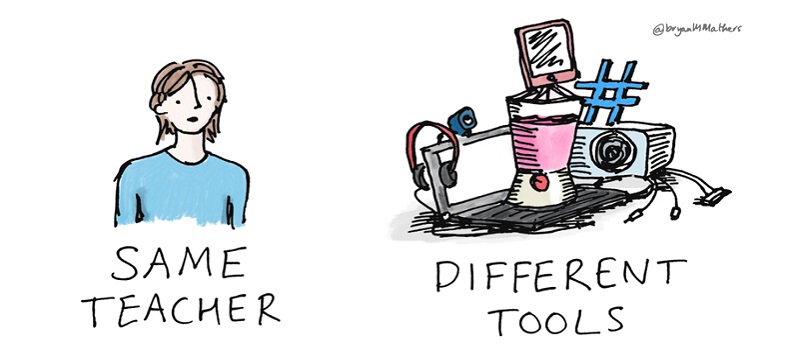5 How to choose
How you choose which technology to use can depend on a number of factors (Watson, 2011) such as:
- The intended learning outcomes for the course. Technology must serve the pedagogical outcomes, not determine them.
- The students’ situation (location, access to internet, number of students in the class, etc. This reflects the issues covered in Section 2 of this week).
- The activities or technical requirements of the course content (e.g. inclusion of large graphic files, collaborative tools, live chat features, external guest lecturer access, file sharing, discussions, etc.).
- The breadth and depth of the teacher’s previous online experience. While it is tempting to use every new tool and feature in your teaching, it is better to start slowly and build up your experience and confidence. Introduce one component, use it appropriately, evaluate its success, and then adjust your teaching where necessary. Slowly introduce more components once you and/or the students are more comfortable with the technology.
- The requirements or policies of the institution regarding the use of different online technologies.
- Whether a centralised learning management system (LMS) or free, open web technology is available or preferable.
- Cost, to yourself or your organisation, both directly in purchase costs and indirectly in the amount of time needed to become competent in its usage.
If you would like to read more about technology and tools for online learning, JISC (2016) have created a resource combining guidance with case studies, and including a useful checklist.
4 Dealing with change in the technology sector

